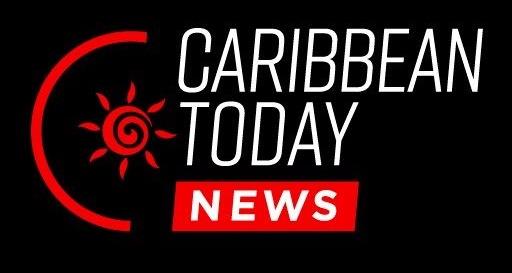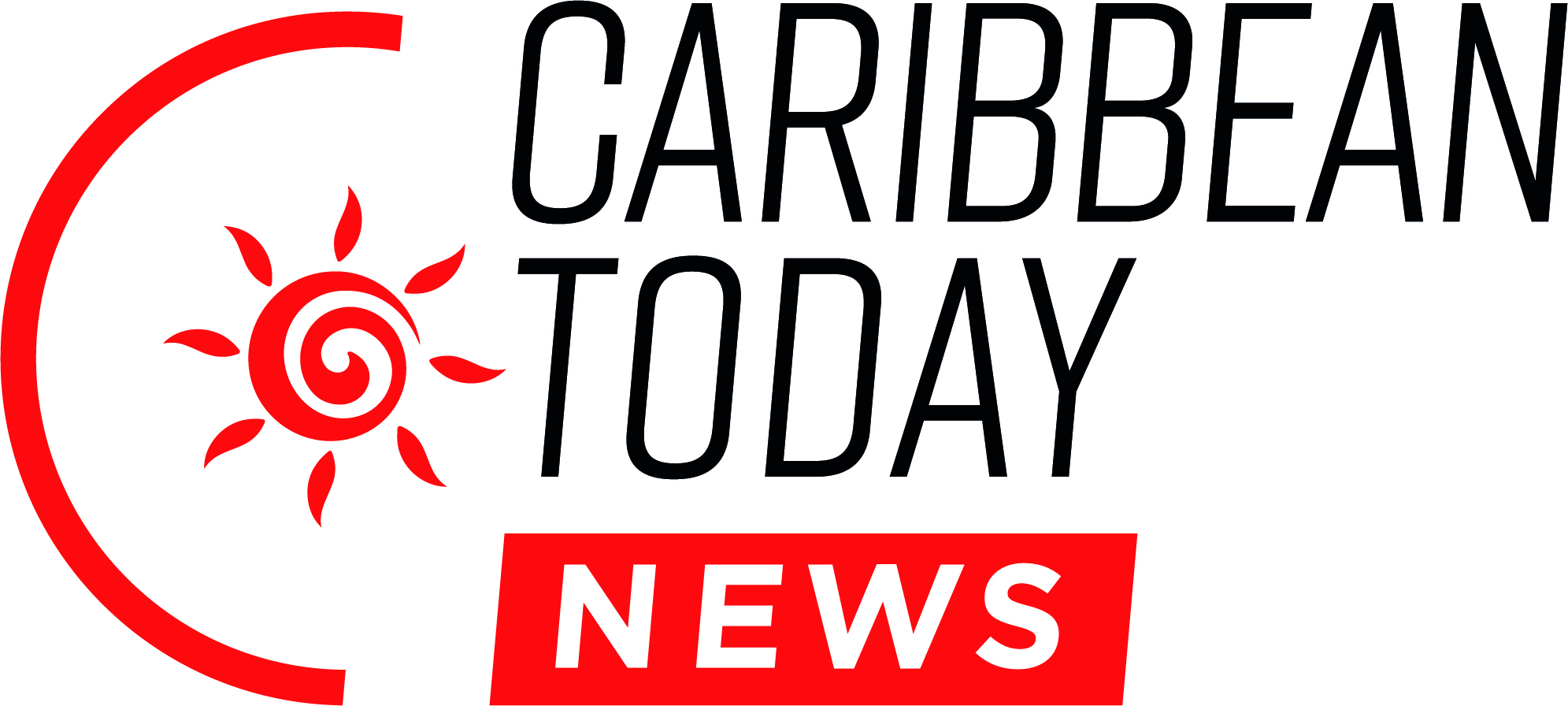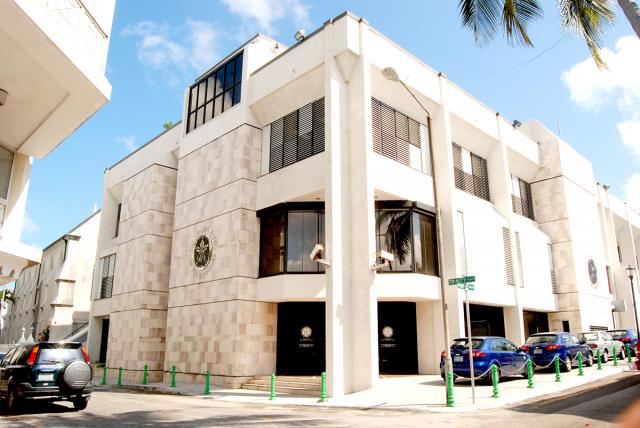The Bahamian economy sustained its growth trajectory in the third quarter, although at a “moderate pace,” supported by healthy gains in the tourism segment and several small to medium-scale foreign direct investment projects, according to the Central Bank.
The Preliminary indications are that during the third quarter of 2023, the Bahamian economy sustained its growth trajectory, although at a moderated pace.
“As the recovery from the Novel Coronavirus (COVID-19) pandemic neared completion, growth indicators returned closer to their expected medium-term levels,” the regulator noted in its Quarterly Economic Review for September.
“Tourism output continued to record healthy gains, with the aggressive marketing efforts undertaken by the destination, bolstered ongoing improvements in earnings inflows, as the demand for travel in key source markets persisted. In addition, several small to medium-scale foreign direct investment projects supported the construction sector.”
In monetary developments, the Central Bank reported that bank liquidity contracted during the review quarter, as the reduction in the deposit base, contrasted with the growth in domestic credit”
“Further, reflective of the seasonal increase in demand for foreign currency, external reserves declined. Meanwhile, credit quality indicators improved over the review quarter, underpinned by the sustained strengthening in the domestic economy and ongoing loan write-offs. Similarly, domestic banks’ overall profitability for the second quarter—the latest available data—grew, largely attributed to a rise in the overall interest income,” the Central Bank noted.
During the second quarter of 2023—the latest period for which data is available, net income grew by $25.2 million (30.1 percent) to $109.2 million, vis-à-vis the comparative 2022 period, owing primarily to an increase in interest income.
In external sector developments, the estimated current account deficit widened during the third quarter, on account of an increase in the merchandise trade deficit, and higher primary and secondary income outflows, which outweighed the growth in the services account surplus, according to the Central Bank.





